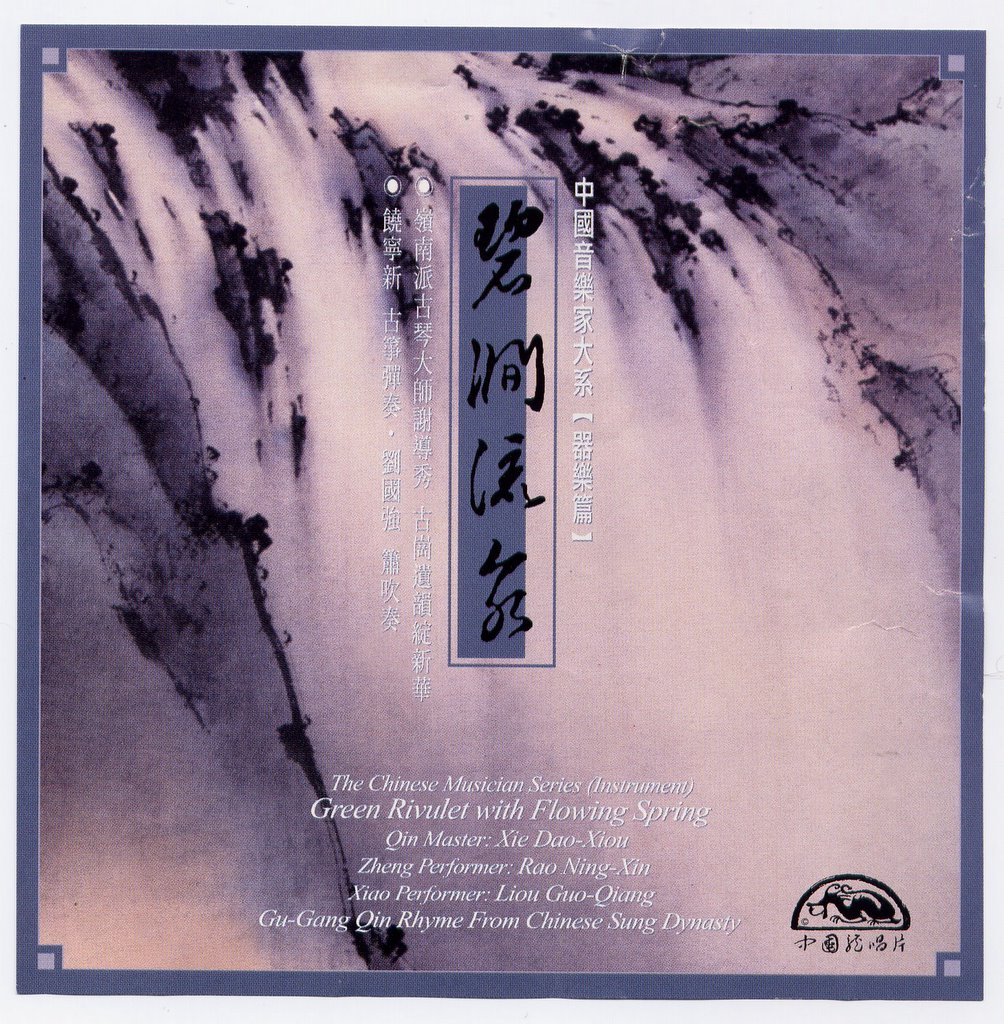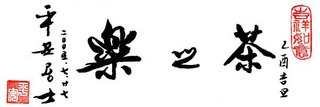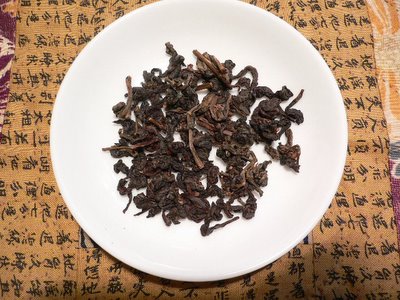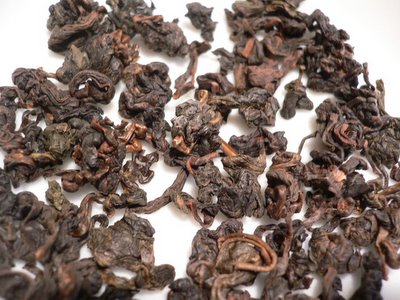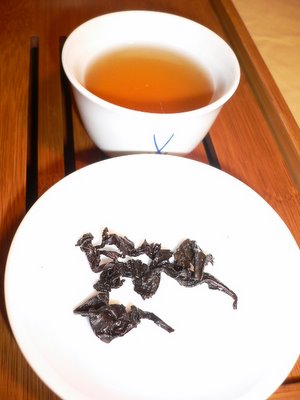Gongfu cha doesn't just bring pleasure to the senses. We may also enjoy its cultural and spiritual dimensions. Let's see all the other ways we have to find happiness in our cup of tea:
1. A feeling of satisfaction:

To make a successful tea cup requires a lot of theory, know-how and practice. It could almost become an Olympic event! I already participated in such a competition and it can be a real thriller to control your emotions to produce good tea when many are watching. The joy you experience when you were able to brew the best possible cup is quite similar to what a tennis player feels when he hits a passing shot along the line, or to what a football player feels when he scores a touchdown. In general, these are magic moments when one experiences 'flow'. Our movements attain a certain perfection and everything happens naturally.
2. The cultural dimension
Let's speak now of the pleasure for our most civilized neurons! Tea is a door (Teaparker say a portal) to numerous fields:

- Pottery: one of the first craft of many civilizations. Small clay teapots were high-tech objects in their time. Let's realize that even today we are not able to make better teapots or bowls than those made centuries ago! Ceramics are even re-discovered and used in current high-tech. In 1987, a German and a Swiss won the
Nobel Prize in Physicsfor his research on supraconductivity using a ceramic material. So, if you think a little further, you will see that it's a whole universe of different materials, fire, colors and shapes that you're holding in your hands.
- History: Through pottery, the different teas and brewing methods, we need the knowledge of past Tang, Song, Yuan, Ming and Qing dynasties to understand today's tea. Some important writers, like
Lu Yu, have written important books and have advanced our knowledge about tea.

- Geography and geology: From which country, which place comes my tea? At what altitude was it harvested? Over what kind of earth or rocks?
- Chemistry: What is the minerals content of my water? How can I best filter water? Does tea contain healthy substances? What is the impact of water temperature on brewing? Why do certain teas mature better than others?

- Agriculture: How is tea planted, harvested and processed? What are the different types of tea (white, yellow, green, blue-green, red and black) of tea trees?
- Sociological: The place of tea time in England, tea ceremony in Japan, gongfu cha in China... show that tea is more than a drink. It's a social activity. One that let's us exchange and share a common feeling with friends, family or even strangers.
- Culinary: Tea comes in a broad range of tastes and smells. So, there will always be a tea that pairs best with the food you're eating, the season of the year or the mood you're in. For wine, sommeliers train for years to learn those skills. For tea, this is still an area little studied.
Interest in tea is not limited to selfish pleasure. It can be the starting point to very diverse and interesting studies. The above list is very incomplete. There are many more fields linked to tea (the art of tea boxes, the impact of tea on the economy in Asia, tea in literature...)
There is a real intellectual and social pleasure to go beyond tea as a mere drink and understand its multiple dimensions.
3. The spiritual dimension

To master the skill of gongfu cha, one needs all his senses and a great amount of concentration. As we gain experience, our movements become more automatic, like rituals. We can brew tea without really thinking, like we drive our car. In a calm setting, our mind is focused on the tea we brew. The choice of a good tea, the harmony of the tea set we use, the way we beautifully arrange the tea table... everything heightens our concentration and peace of mind.
Most of the meditation techniques are using the very same principles we need to perform a good gongfu cha: calm, concentration and a ritual. No wonder we can achieve a very similar outcome! Under good conditions, what emerges is our real Me, speaking from the bottom of our heart. We become the Chinese ideal, a zhen ren, a true man (or woman). We have no needs, no desire. We are fulfilled with the simple happiness of a cup of tea.
(I think I have come to the end of this class with this article. Many points can and should be followed up in more detail, but I think I have covered the basic points. Please leave a comment if you notice an important aspect of gongfu cha missing.)


















